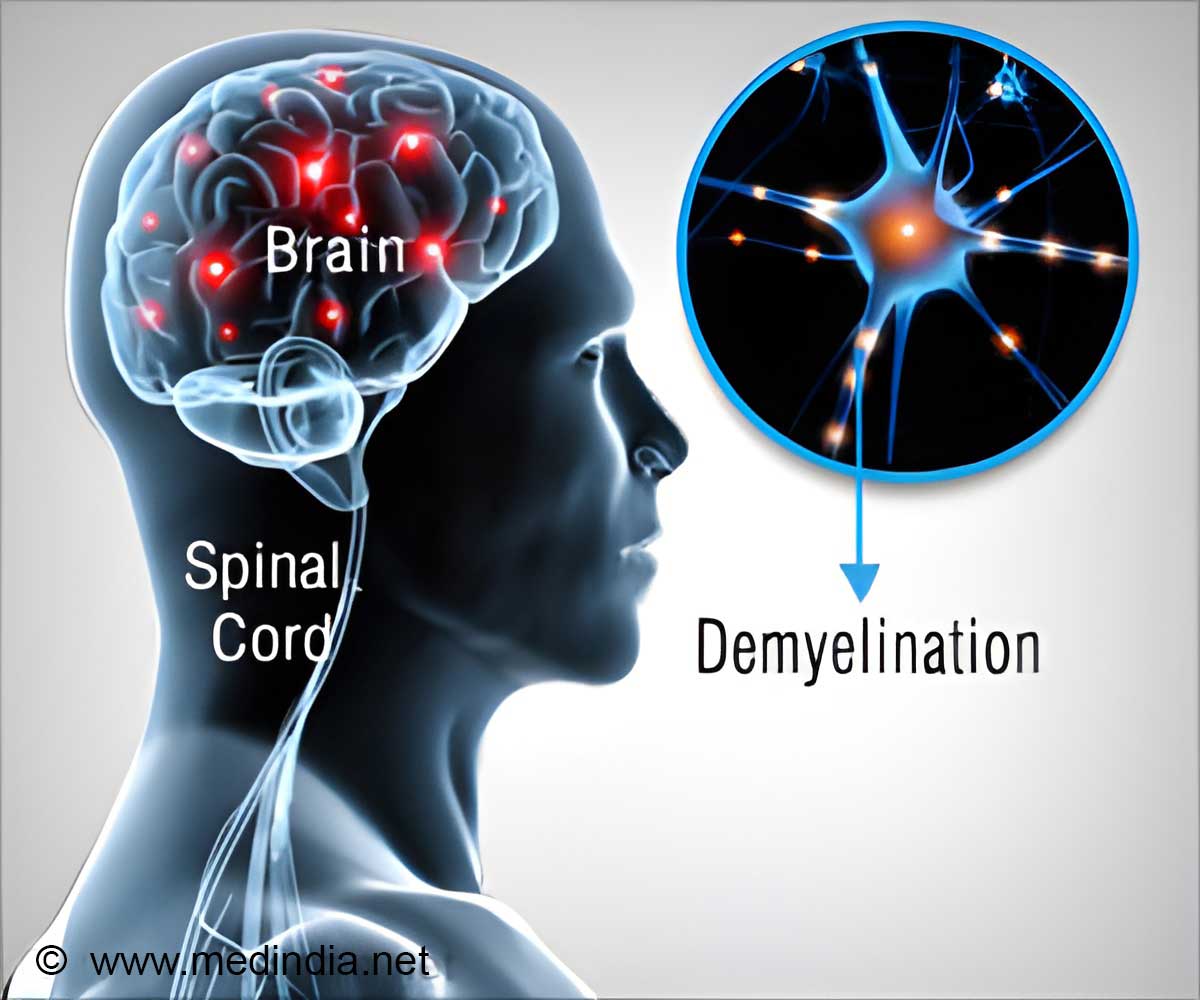
A groundbreaking study has unveiled a critical issue of therapeutic inertia in treating women with multiple sclerosis (MS), underscoring alarming gender disparities that could severely affect long-term health outcomes for women of childbearing age.
Presented today at ECTRIMS 2024, the findings reveal that pregnancy-related concerns are causing significant delays or reductions in the use of disease-modifying treatments (DMTs), even before pregnancy is on the horizon.
What is Therapeutic Inertia
Therapeutic inertia refers to the delay or avoidance of initiating or intensifying treatment for a medical condition, even when there is evidence that it would be beneficial. In the context of the study you mentioned, it appears that women with multiple sclerosis (MS) are facing therapeutic inertia due to concerns about pregnancy.
In an extensive analysis of 22,657 patients with relapsing MS (74.2% women) who were on the French MS registry (OFSEP), researchers found that over a median follow-up of 11.6 years women had a significantly lower probability of being treated with any DMT (OR=0.92 [95% CI 0.87-0.97]) and were even less likely to be prescribed high-efficacy DMTs (HEDMTs) (OR=0.80 [95% CI 0.74-0.86]).
The difference in DMT usage varied across different treatments and over time. Teriflunomide, fingolimod, and anti-CD20 therapies were significantly underused throughout their entire availability, (OR 0.87 [95% CI 0.77-0.98], OR 0.78 [95% CI 0.70-0.86], and OR 0.80 [95% CI 0.72-0.80, respectively]. Interferon and natalizumab were initially used less frequently, but their usage equalised over time (OR 0.99 [95% CI 0.92-1.06], OR 0.96 [95% CI 0.86-1.06], respectively). In contrast, glatiramer acetate and dimethyl fumarate were initially used equally between genders, but eventually became more commonly prescribed to women (ORs 1.27 [95% CI 1.13-1.43], OR 1.17 [95% CI 1.03-1.42], respectively).
The study further highlighted that the disparity in treatment emerged after two years of disease duration for DMTs and as early as one year for HEDMTs. Interestingly, this gender-based treatment gap did not significantly vary with patient age, indicating that therapeutic inertia may persist regardless of the woman’s stage in life.
“These findings underscore the critical need to reassess how we make treatment decisions for women with MS, particularly those of childbearing age,” says Professor Sandra Vukusic, lead author of the study. “Women may not be receiving the most effective therapies at the optimal time, often due to concerns about pregnancy risks that may never materialise. The use of DMTs and HEDMTs is frequently limited by potential and unknown risks associated with pregnancy, as there is often insufficient data available when these drugs first come to market.”
Advertisement
Both neurologists and patients contribute to this therapeutic inertia, many taking a precautionary approach and avoiding these treatments. “Neurologists might be hesitant to prescribe DMTs, particularly if they are not comfortable with managing pregnancy-related issues,” explains Professor Vukusic, “At the same time, women, understandably, do not want to take any risks for their child or pregnancy, their primary concerns being congenital malformations, fetal loss, and fetal growth disorders. Women will also experience discomfort if their neurologist seems uncertain.”
Moving forward, the research team plans to delve deeper into the factors contributing to this therapeutic inertia, with a focus on improving treatment strategies that prioritise both the long-term health of women with MS and their reproductive goals.
Advertisement
“The main impact of this inertia is the less effective control of disease activity during DMT-free periods, leading to the accumulation of lesions and an increased risk of long-term disability,” emphasises Professor Vukusic. “This represents a real loss of opportunity for women, especially in an era where DMTs are so effective when used early.”
To address these challenges, the team recommends a multi-faceted approach: “Empowering patients through education, improving the dissemination of recent findings, providing formal training for specialists, and actively collecting and analysing real-world data are essential steps to reducing therapeutic inertia and ensuring equity in treatment,” Professor Vukusic concludes.
Source-Eurekalert



